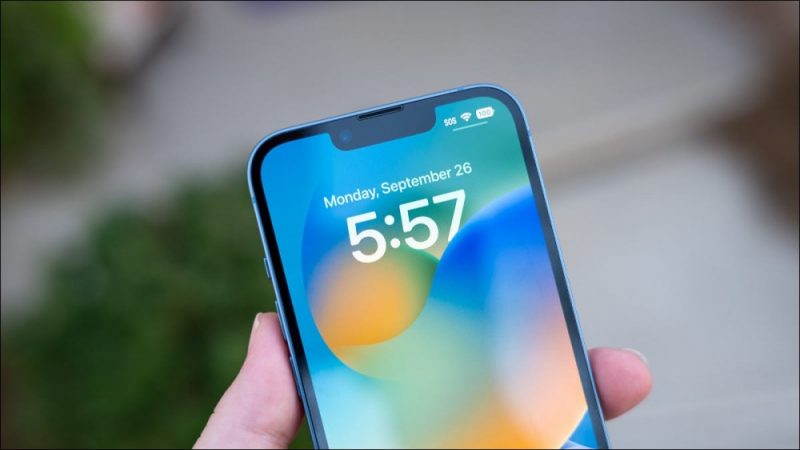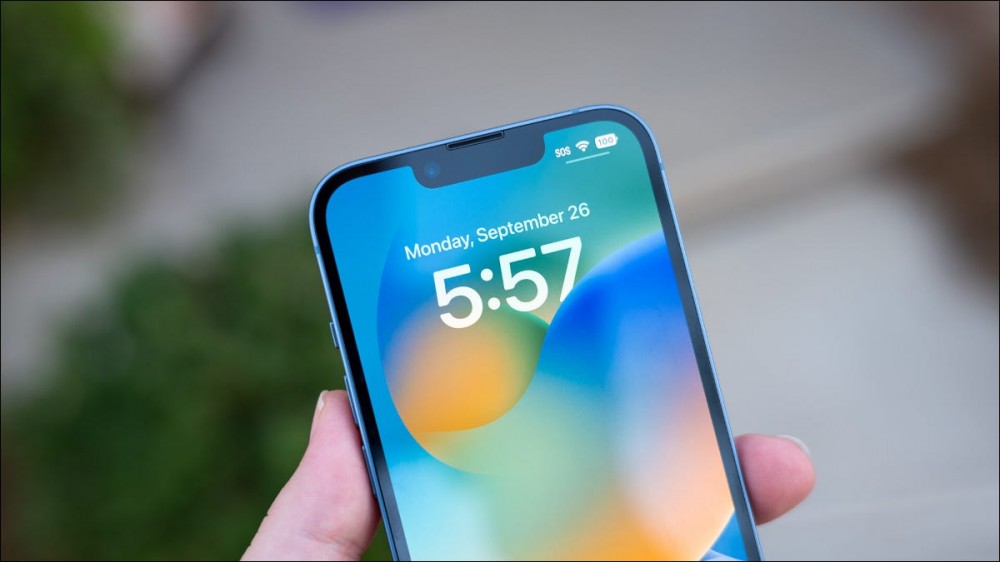How Long Can You Keep Using an iPhone?


Gone are the days of meaningful yearly smartphone upgrades, a change that’s better for the planet and your wallet. Instead, the burning question has become one of longevity: how long can you keep your iPhone going before it’s time to upgrade?
Your iPhone Should Receive Around Six Major Updates
A modern iPhone should see support for around six or seven versions of iOS. Take the iPhone 7, which shipped with iOS 10 in September 2016 and ended support with iOS 15, released in September 2021. The iPhone 6S saw even more than that, starting with iOS 9 and ending with iOS 15.
“Major updates” refers to major new versions of iOS, the iPhone’s operating system. These are released for free, typically in September each year. They guarantee compatible devices another year of smaller updates until the next major version comes along.
Each year Apple decides which (if any) devices will end support, which means those devices will remain on the “last good” version of iOS until they’re decommissioned (recycled, sold, or forgotten about in a drawer somewhere).

Missing out on major iOS updates means missing out on new features and major updates to core apps like Safari, Notes, and Messages. For example, iOS 16 introduced the ability to edit and unsend messages, but devices that remain on iOS 15 can’t use that feature.
New functionality like lock screen widgets, user interface overhauls, and productivity tweaks like Focus usually only arrive with new major versions of iOS. Occasionally, Apple will introduce a new feature mid-cycle, as they did with Night Shift in iOS 9.3 and more recently iCloud Shared Photo Library in iOS 16.1. This is the exception rather than the rule.
If you use other Apple products like a Mac or iPad and you appreciate features like Handoff and Continuity (which allow you to do things like “hand off” calls to your Mac or share a clipboard with your iPhone), falling behind on a major version can cause these features to no longer work.
Security Updates Continue After iOS Support Ends
Though your old iPhone may miss out on the latest and greatest features, Apple has a proven track record of continuing to deliver security updates for “outdated” devices. Take a look at Apple’s security updates log to see evidence of this.
For example, iOS 12.5.6 was released in August 2022, almost four years after the initial iOS 12 release. The iPhone 5S stopped receiving major iOS updates after iOS 12, but Apple still made sure this device was patched four years later. The update fixed a zero-day exploit in the WebKit rendering engine used by Safari (and for good reason, since it was suspected the exploit was already being taken advantage of).
This is a good example of the sort of critical updates you can expect to see from Apple after official support has ended.
Battery Life May Prompt an iPhone Upgrade
One reason many people feel compelled to upgrade their iPhone is their waning battery life. Speaking from experience, after around three years of standard use you can expect your iPhone battery to show a noticeable decline in capacity. It just won’t last as long as it used to, a limitation of the lithium-ion cells used in most portable electronics
You can always check your current iPhone battery health under Settings > Battery > Battery Health & Charging. The “Maximum Capacity” reading gives you an idea of how much total capacity the battery inside your iPhone has lost.

If you see a message beneath the “Peak Performance Capability” heading that describes an “unexpected shutdown” then your iPhone battery may have degraded to a degree where Apple has applied “performance management features” to improve longevity. This means your iPhone is effectively being throttled (slowed down) so that the system-on-a-chip doesn’t consume as much power.

The obvious remedy to this situation is to replace your iPhone battery. This can cost between $49 and $99 if you choose to get your battery replaced by Apple. It’s a lot cheaper than buying a whole new phone, but it also presents you with a choice.
If your iPhone is feeling a bit long in the tooth, you may instead want to put the money into a replacement model. You can sell your old iPhone or gift it to a friend or family member and let someone else deal with the issue of an aging battery. Even Apple will offer you store credit if you decide to trade your iPhone in (though this isn’t the best route you can take).
RELATED: How to Sell Your Old iPhone for Top Dollar
iPhone Performance Is a Good Indicator Too
Poor performance can be a side-effect of a failing iPhone battery. But it can also be an indicator that your iPhone is starting to show its age. Sometimes, replacing an iPhone battery won’t solve your performance issues. Newer iPhone models have higher CPU and GPU core counts, more RAM, faster internal storage, and better machine-learning capabilities. Newer versions of iOS are built to newer specifications, so older hardware is likely to feel the pinch.
It’s not unusual to find iPhone owners complaining after iOS upgrades left them with slower devices that consume more battery life throughout the day. Apple drops support for older devices with almost every major iOS update, which demonstrates that as time goes on the operating system becomes more demanding on the hardware.
If your iPhone is sluggish, you might want to consider an upgrade. You might notice slowdown when swiping around the home screen, while browsing the web in Safari, or when using certain apps. Apps that make heavy use of the GPU like 3D games are usually the first to show your device’s age.
Core features like Siri may take longer to process your requests, and you may see a significant pause when viewing widgets or performing a Spotlight search. Even launching apps and unlocking your device can take a hit.
Be aware that some modern devices like the iPhone 13 Pro and iPhone 14 Pro have a 120Hz “ProMotion” display that has twice the refresh rate of the non-Pro models. While this results in a smoother and more responsive-feeling UI, it’s not necessarily the system-on-chip but the improved display that’s doing the heavy lifting here.
Look for Meaningful Hardware Upgrades
Yearly iPhone refreshes seem less impressive as time wears on. Rather than a whole suite of new features, improvements, and radical redesigns, next year’s model is likely to only offer moderate improvements over the last. This is particularly true when it comes to performance, with most models from the past three or four years being “good enough” for most use cases.
This makes it easier to hold on to your iPhone until you see something you like. Things like an improved 120Hz display, which makes scrolling menus and switching between apps that little bit nicer, or an improved camera system in the form of better optics, higher resolution photos, or cleaner low-light performance.

Most iPhone owners would love to see significantly better battery life, much brighter displays for use in sunlight, range-wide adoption of design improvements like the Dynamic Island, USB-C connectivity, and more robust chassis and display designs; but these changes are unlikely to arrive all at once, in a single iPhone model.
When it comes to upgrading, take a look at the improvements Apple has added to the last couple of generations of iPhone since you last upgraded. The same advice applies to the Apple Watch, which has also somewhat stagnated in terms of year-on-year upgrades but that also remains the best example of its kind.
You can use Apple’s handy iPhone comparison tool to see the difference between older and newer models before you buy.
What About Older iPhone Models?
Apple tends to continue selling last year’s iPhone model (and sometimes the one before that) for a modest discount. For example, at the time of writing the iPhone 14 starts at $799, while the iPhone 13 and iPhone 12 start at $699 and $599 respectively.
While the iPhone 13 and iPhone 12 are still highly capable modern smartphones, the modest $100 to $200 discount might not be worth a reduction in two years’ worth of updates. If you can stretch to the price of the latest model, you’ll get more bang for your buck over the life of the iPhone.
If an older iPhone model is appealing, you’ll almost certainly save more money on the second-hand market.







